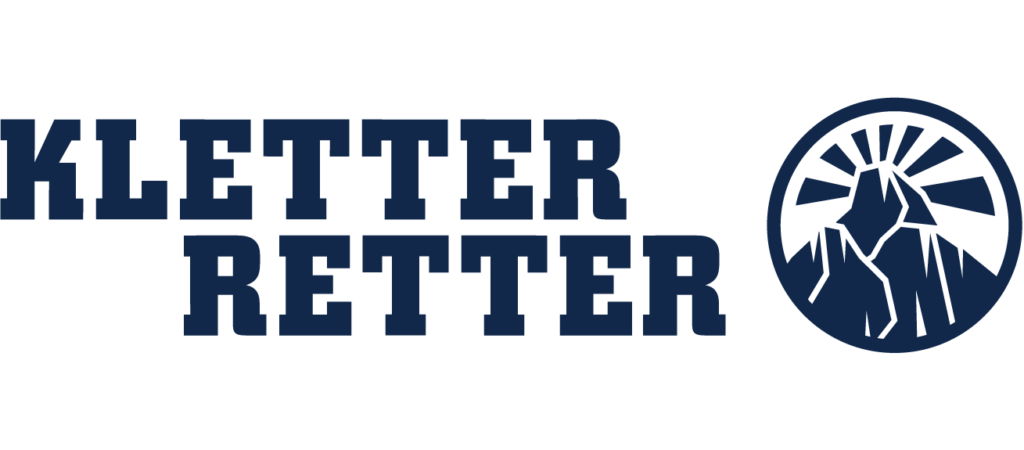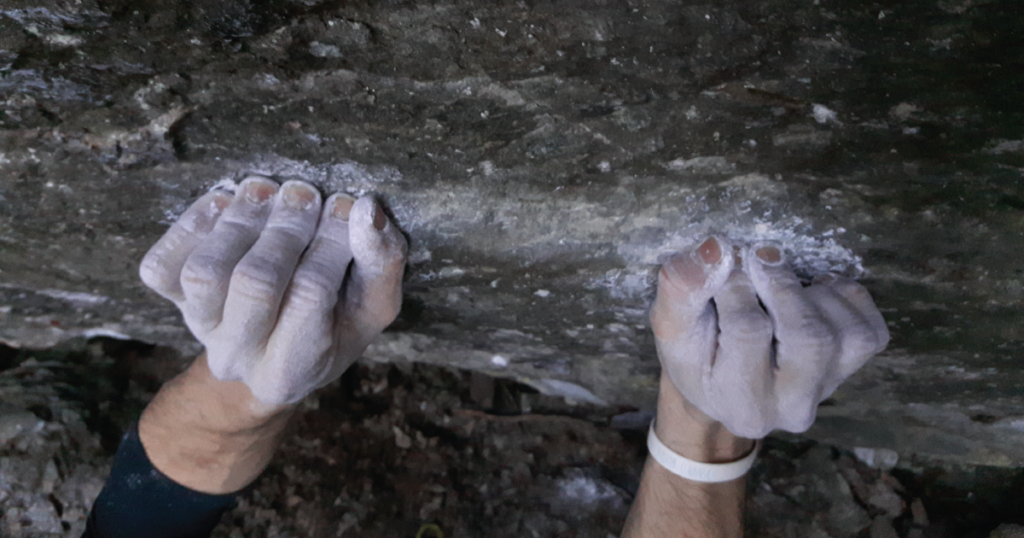Expert Blog
Chalk and skin
Chalk is one of the most misunderstood tools in climbing. It can boost friction and confidence, or destroy your skin if used the wrong way. This article will help you choose the right chalk for your skin and climbing style while avoiding common mistakes.
How does chalk actually work?
Chalk (magnesium carbonate) absorbs sweat from your hands to improve grip. But it also strips away natural oils, dries out the skin, and increases friction, which can lead to:
- Cracks and splits from over-dried fingertips
- Polished skin that feels glassy or too smooth to grip
- Overuse injuries when chalk is used as a crutch for poor technique
The trick is not more chalk, but the right chalk at the right time.
KletterRetter magnesium carbonate is derived from magnesite. At KletterRetter, we consciously avoid raw materials sourced from overseas operations with unclear environmental standards, and instead rely on EU-refined magnesium carbonate from Germany and France.
Types of climbing chalk
Different types of chalk affect your grip and your skin differently. Use the right chalk for the right conditions can be the difference between sending or not sending.
Fine chalk
- Powdery, soft texture
- Coats evenly and sticks well to dry skin
- Less abrasive than crunchy chalk
- Best for: Training boards, indoor climbing, sensitive or dry skin
Crunchy chalk
- Coarse chunks you crush in your hands
- Feels gritty and offers more grip
- Can wear down skin faster, especially on volume-heavy sessions
- Best for: Outdoor climbing, humid conditions, sweaty hands
Performance chalk
- Premium blends with Upsalite, a super absorbent form of chalk
- Engineered for maximum friction with less product
- Dries skin faster, so it should be balanced with good hand care
- Best for: Limit attempts, comps, hard redpoints
Liquid chalk with resin
- Contains resin or colophony to improve grip, but liquid chalk containing resin is often banned in gyms
- Stays on longer, helps on slopers or humid rock
- Can be harsh on skin and cause allergies or buildup
- Best for: Use as a base layer in the gym
Liquid chalk without resin
- Dries clean and removes fat and oil from your skin
- Gentler on the skin and better for frequent use
- Easier to combine with powder chalk
- Best for: Use as a base layer for sweaty palms
Cream chalk
- Creamy emulsion with alcohol, water and magnesium carbonate
- Similar to liquid chalk but softer on skin
- Easy to apply evenly without a dust cloud
- Best for: use as a base layer in dry conditions, ideal for skin-conscious climbers
Quick guide for chalk use
Here is a quick guide to outline the different strategies and combos you can use when chalking up.
| Situation | Recommended chalk combo |
|---|---|
| Sweaty session | KletterRetter liquid chalk or KletterRetter cream chalk base-layer with a crunchy chalk top layer |
| Skin already dry | Fine chalk, with minimal use |
| Limit attempts | KletterRetter performance chalk or KletterRetter cream chalk |
| Slopers or humidity | KletterRetter liquid chalk with resin or KletterRetter cream chalk |
| Indoor gym session | KletterRetter liquid chalk, KletterRetter cream chalk or fine chalk |
6.4 Minimising damage to your skin
It is important to be weary of the damage chalk can do to your skin and what you can do to stay in control.
Common mistakes:
- Re-chalking after every move will quickly wear out your skin
- Using too much chalk doesn’t always improve grip, but it almost certainly dries out your hands and can even reduce friction
- Not washing your hands after climbing means that chalk residue continues drying your skin long after the session
- Forgetting to moisturise post-session can lead to long-term damage
Recovery tip: After every session, wash your hands with gentle soap and apply KletterRetter hand cream or KletterRetter Repair Balsam. This rebuilds the skin barrier and keeps your fingers ready for the next session.



